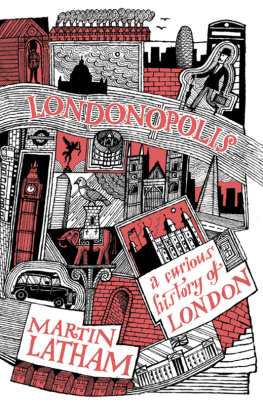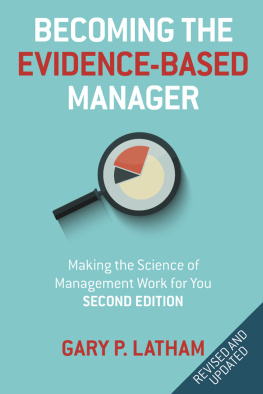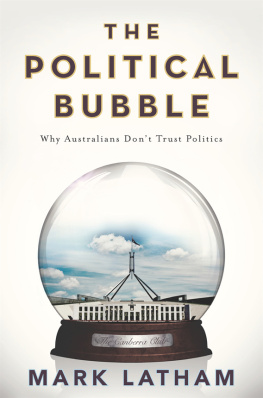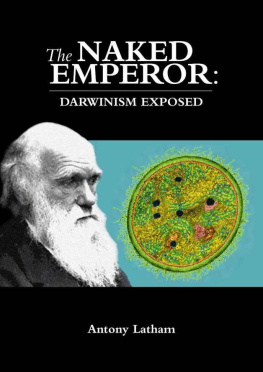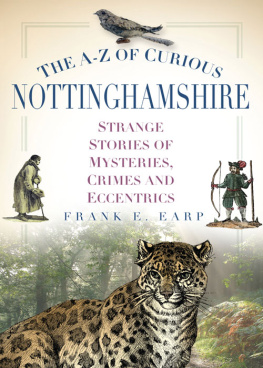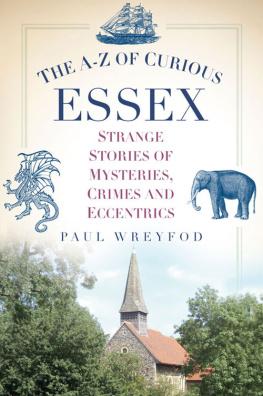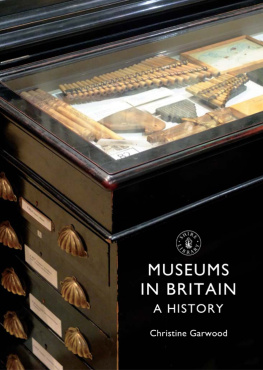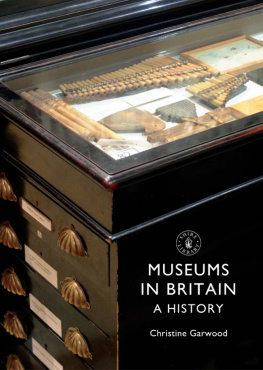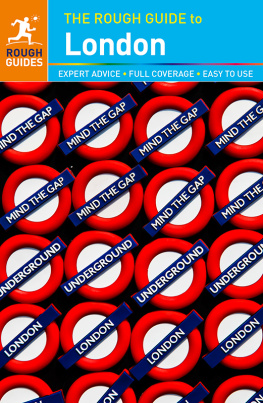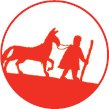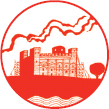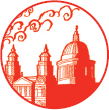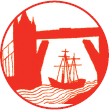

LONDONOPOLIS
A Curious History of London
MARTIN LATHAM
BATSFORD
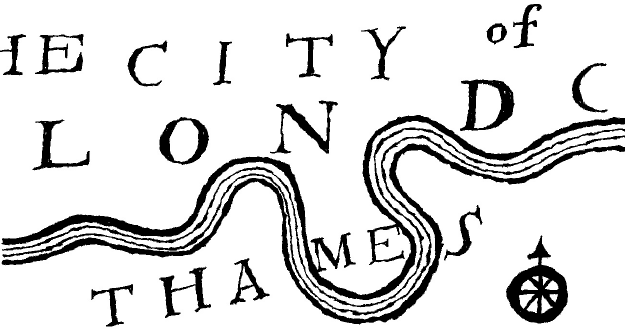
CONTENTS
ACKNOWLEDGEMENTS

I am ever-grateful to my PhD supervisor, Peter Marshall of Kings College London for teaching me to research. He and I often stayed in the old British Museum Reading Room until 9 pm, then walked out past Ramses statue in the gloom. My father, a cockney bibliophile, numismatist and dowser, was a sergeant-major and sometime gravedigger who understood the city from the clay upwards. He also deserves space here.
In any endeavour, I remember my mothers perennial injunction: Dont worry if you dont fit into their sausage machine. My brothers helped: John is a polymath who rediscovered an orchid on a roundabout, and taught me obscure poets and painters, Paul is a polemical conservation architect who has inspired me much and Mike, although Patton-esque, first told me about fairies in Holland Park when I was five. With Sarah, my sister, I have accomplished many enjoyable odysseys across the city.
Waterstones people have taught me about so many books and ideas: the company is my third university. I thank Tim Waterstone, the Sun King, for hiring me 26 years ago, and James Daunt for keeping it all going, like Cardinal Richelieu. Waterstones has led to conversations with David Mitchell, Will Self, Jenny Uglow and Peter Ackroyd. They have all deepened my understanding of London. Ackroyd has moved London writing into a new-found land of poetic erudition. The old atrophy without the young: Josh Houston at Yale University Press has repeatedly broadened my horizons. The irrepressible Paul Maycock of Craenen is a fellow cartophile. Orc-like, I have mined Robert Sherston-Bakers labyrinthine Chaucer Bookshop and found unimagined treasures there. Suzi, Luke and Sarah run the best bookshop caf in the world; much of the joy in this book comes from them.
I wrote this book whilst working full-time: Simon and Rachael Halle-Smith gave encouragement, potations and endless kindness. Jenny and Blaise carried on helping me even when their home flooded. Mark and Lorna Swains house has been an oasis for the imagination. I thank my children: Ailsa and her Rivendellian husband Adam gave me confidence, the thought of Olivers quick wit kept the book clear, Indias enthusiasm is rooted in a dharma-level wisdom, Caspars Chestertonian conversation inspired me, and Williams humour kept melancholy at bay. My stepchildren endured my anecdotes, Francesca told me to write them down possibly to shut me up Jack brought me a wonderful artichoke dish and Sam makes great coffee.
Kate Gunning found out where you can see the Fleet River, and her friendship underpins the whole book. My agent Sophie Lambert is an eagle-eyed Yoda. At Batsford, Kristy Richardson was warmly supportive; Polly and Tina are my fairy godmothers. Joe McLaren added magic, humour and a poetic warmth to my text. My wife Claire gave love and understanding, and weeded the text of obscurities. In working full-time and running the house while I wrote she showed the endurance powers of two of her heroes, Dervla Murphy the traveller, and Kevin Costner in Waterworld.
INTRODUCTION

As a boy, London was like a fairy-tale city to me. The other tenants in my house (apart from us eight kids and my parents) were a female spy, a fading actress, a newly arrived Irish family and the mysterious Miss White, a Dickensian spinster. In Earls Court Road I remember a grocers shop where the queue included Arab women in burqas and a beautiful transvestite. My father helped the women work out their change using his wartime Arabic. The local sweet shop was run by Pathans. I used to walk for hours randomly across London and it never disappointed: I found India in Southall High Road, and old Beirut in Edgware Road by night. Reggae throbbed in Notting Hill and Kilburn pubs resounded to Irish freedom songs. The marching music of the Changing of the Guard gave me goosebumps. I remember a Sherlock Holmes-style pea-souper fog, and the silence of Churchills funeral. History was all around in such a way that I got temporal vertigo, that sensation of suddenly seeing the past as a reality. Walking to school I would mentally spool back to see dinosaurs lumbering down Kensington High Street.
The Victorian historian Macaulay imagined an artist from New Zealand sitting on a broken arch of London Bridge, sketching the ruins of London. What if that artist asked what the city was like? You could give him a pile of facts, but he might get a better idea if you were to open a magic casement or two onto different moments of Londons past. That is what I have tried to do.
You can read this book in any order, or leave it in the lavatory for the occasional reverie. It is neither guide book nor conventional history. In A Passage to India, Forster says of Aziz, yes, it was all true of him but somehow his essence was slain. London, like Aziz, cannot be encapsulated. To Shelley it was that great sea that still howls for more, and Charles Lamb often shed tears in the motley Strand for fullness of joy at so much life. Carlyle, in a mile-high balloon basket in 1863, swore he could hear Londons strange music, a sort of composite sigh.
Writers feature prominently. It is an inky city, a capital of books more than any city in the world. From Chaucer to Dickens, you can hear the saltiness of London speech. Music made in London also has a London stamp, from Purcell and Handel to The Kinks and The Clash. London has rocked the world and the three-note beat preceding the words We Will Rock You was first stamped out by Brian May almost by accident on the wooden floor of a North London church hall.
It is also a city of extraordinary silences. It is a commercial hub full of philosophers and meditators, a roaring place where suddenly you can turn, as Dickens did, into Wardrobe Place and hear only chirping sparrows echoing on old stones. Places like Kensal Green Cemetery, Holland Park and Rainham Marshes are ancient country, which, unlike much of Britain, have never been sprayed with chemicals. To stop rowing on the mighty Thames and simply glide along is mystically calming.
Next page
